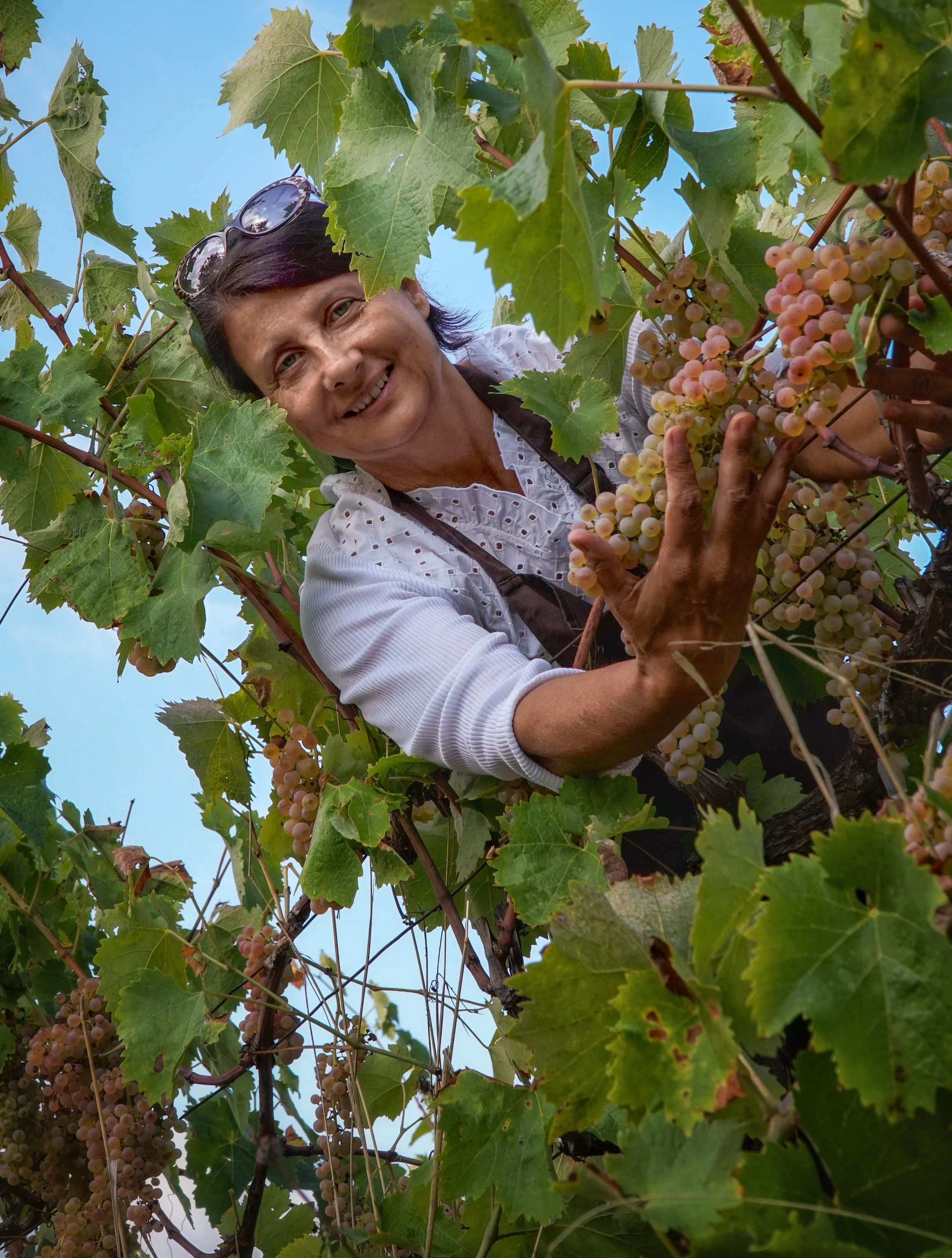Fattoria La Maliosa, Tuscany, Italy
Fattoria La Maliosa, Tuscany, Italy
In the rolling hills of Tuscany’s Maremma region, where ancient landscapes meet modern sustainability, Fattoria La Maliosa has crafted a unique viticultural philosophy rooted in history, tradition, and deep respect for the land. Their approach to winemaking is not just about producing exceptional wines; it’s about honouring the story of the land, the vines, and the people who have nurtured them for centuries.
At the heart of La Maliosa's vineyard project are its old vines—living testaments to the area's rich agricultural heritage. The estate’s journey began with the recovery of a 60-year-old vineyard left to grow wild, a hidden treasure in the Maremma landscape. This vineyard, known as Vigna Madre, was a goldmine of genetic diversity, containing ancient grape varieties like Procanico, Ansonica, Ciliegiolo, Sangiovese, and grey Cannonau, which had been largely abandoned in favour of modern cultivars. By revitalizing this vineyard, La Maliosa sought not only to preserve these ancient varieties but to celebrate the resilience and adaptability of these vines, which had survived years of minimal intervention and natural cycles.
“The story of these old vines is as much about survival as it is about the unique character they bring to the wines. La Maliosa’s commitment to genetic variability stands out in a time when many vineyards are standardized for efficiency,” says Antonella Manuli, owner of the estate. “Each vine in Vigna Madre is a living archive of the region’s past, yielding grapes with distinct flavours and textures that reflect the unique terroir of Maremma. It is this diversity that forms the backbone of the estate’s extraordinary wines.”
But these old vines are not simply relics of the past—they are part of an evolving viticultural philosophy. La Maliosa’s vineyards are carefully integrated into the landscape to preserve the balance between nature and agriculture. The estate spans two distinct terroirs: the clay-rich soils of Saturnia and the volcanic ash of Pitigliano. Both regions contribute to the complexity of the wines, with each soil type bringing out different qualities in the vines.
Starting from 2014, all new plantings followed strict historical and landscape criteria, with rows planted according to the contour lines of the land. This decision, while maintaining the beauty of the environment, serves a dual purpose: it helps prevent erosion and facilitates manual processing. The layout also preserves the tradition of the terraced Tuscan vineyards, where every vine is meticulously cared for in the landscape. These vineyards are part of a nucleus known as the Vigne Giardino, which includes the Vigna Scovaventi, Vigna Corino at Monte Cavallo in Saturnia, and the vineyards in Pitigliano. These plots are more than just agricultural spaces; they are conceived as art of the landscape, blending seamlessly into the natural beauty of the region.
At La Maliosa, sustainability is at the core of everything. The vineyards are cultivated with the utmost respect for the environment, following organic and regenerative practices and avoiding any invasive techniques. The estate was certified organic in 2010, and in 2022, it received the SQNPI certification for sustainable quality. The wines are produced without sulfites or additives, reflecting the estate’s commitment to preserving the natural character of the grapes.
La Maliosa’s commitment to these old vines and the holistic management of their vineyards is a testament to the estate’s belief in the deep connection between land, plant, and people. Each bottle of wine carries the essence of Maremma: its history, its soil, and its people—crafted with care and respect for the environment that sustains it.
https://fattorialamaliosa.it/
https://www.instagram.com/lamaliosa/




